20 Healing Postpartum Workouts to Regain Strength
That’s where healing postpartum workouts come in. This isn’t about “snapping back” or pushing through pain. It’s about nurturing your body, regaining functional strength, and supporting your recovery with kindness and care. In this guide, we’ll explore 20 healing workouts for postpartum moms, each designed to help you rebuild strength gently and effectively. These movements prioritize core recovery, pelvic floor stability, and energy restoration, without overwhelming your body.You deserve to feel strong, empowered, and supported. Let’s move through healing together—one breath, one rep, and one gentle workout at a time.
1. Diaphragmatic Breathing
This foundational technique reconnects you with your body in the most natural way—through your breath. Diaphragmatic breathing, or belly breathing, involves deep inhalations that expand your diaphragm and gently engage your core. It’s the starting point for every other movement in this list because it encourages mind-body awareness, which is vital after childbirth.Inhaling deeply helps improve oxygen flow, reduces stress, and supports muscle recovery. As you practice, your abdominal muscles begin to re-engage subtly, promoting healing and stability without strain. The best part? You can do it lying down, sitting, or even nursing your baby.Practicing this daily helps activate your transverse abdominis (TVA), which is essential for core healing, especially if you have diastasis recti. Pairing it with gentle pelvic floor engagement can accelerate recovery and improve emotional regulation during this transformative stage.
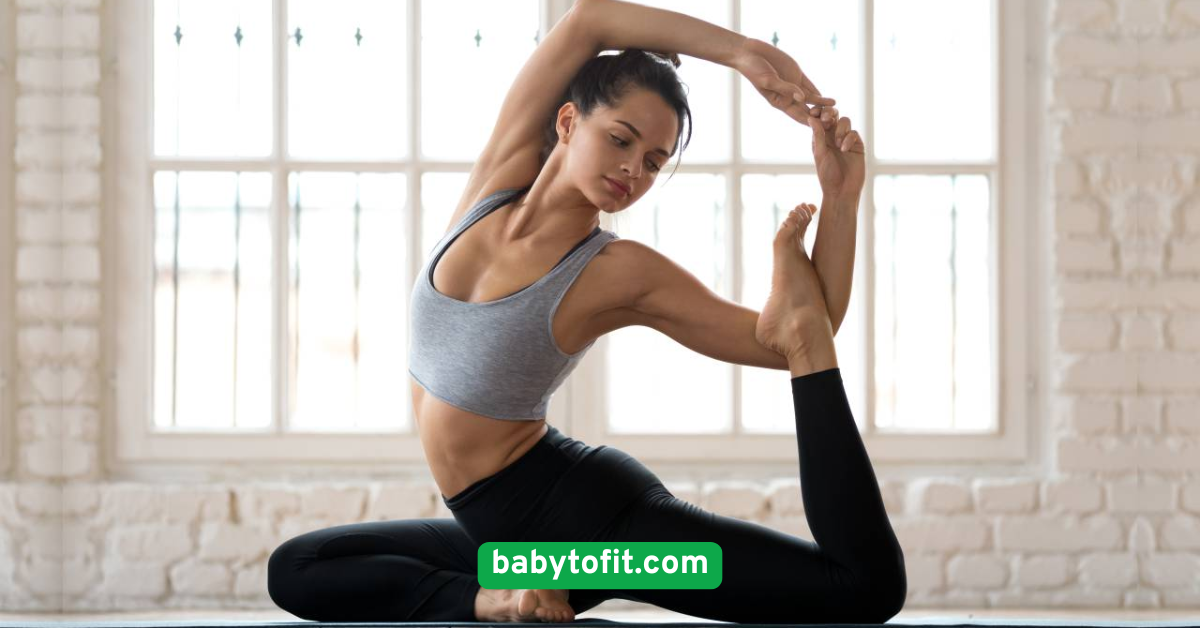
2. Pelvic Floor Activations (Kegels)
Your pelvic floor muscles have done a lot during pregnancy and childbirth—they need love and gentle rebuilding. Kegels involve intentionally contracting and relaxing these muscles, helping to restore strength, prevent incontinence, and support your core.To do a proper Kegel, imagine stopping the flow of urine midstream (though don’t actually do this while urinating). Hold the contraction for a few seconds, then release. Start with a few reps a day and increase as your strength builds.Kegels can be done discreetly at any time—while feeding the baby, brushing your teeth, or resting. When combined with breathwork, they help re-establish pelvic alignment and core control. They’re also a key piece of any diastasis recti recovery plan.
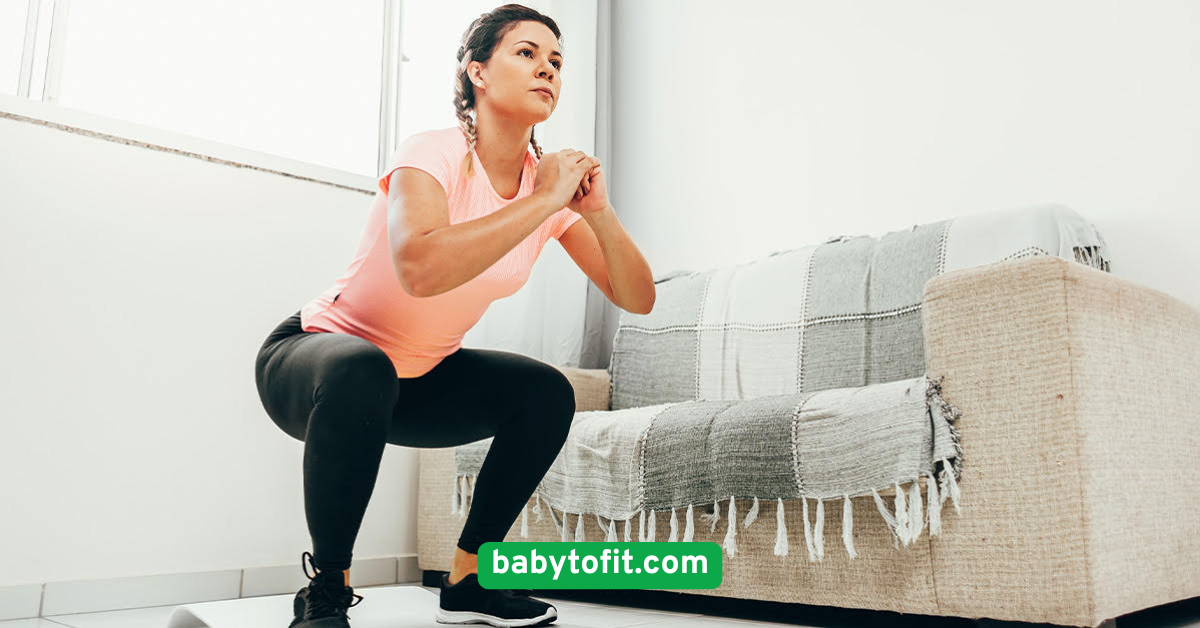
3. Glute Bridges
Glute bridges are excellent for activating the posterior chain—your glutes, hamstrings, and lower back. They also gently engage your core and promote pelvic stability, which is critical in postpartum recovery.Begin by lying on your back with knees bent and feet hip-width apart. Slowly lift your hips, squeezing your glutes, and lower back down with control. Repeat for 10–15 reps. As you get stronger, you can add pulses or hold at the top.This move helps reduce lower back pain, especially if you’ve been sitting or nursing for long periods. Plus, strong glutes support pelvic alignment and help re-establish balance between front and back body strength.

4. Seated Cat-Cow
This modified version of the yoga classic is perfect for gently mobilizing the spine. It relieves upper back and shoulder tension, improves posture, and enhances the connection between breath and movement.Sit comfortably in a chair with feet flat. Inhale as you arch your back (cow), lifting your chest and looking up. Exhale as you round your spine (cat), tucking your chin and drawing your belly in. Repeat 8–10 times, moving slowly and mindfully.Seated cat-cow is wonderful after breastfeeding sessions or holding your baby for long periods. It opens the chest, eases back pain, and gets circulation flowing—all while supporting spinal alignment.
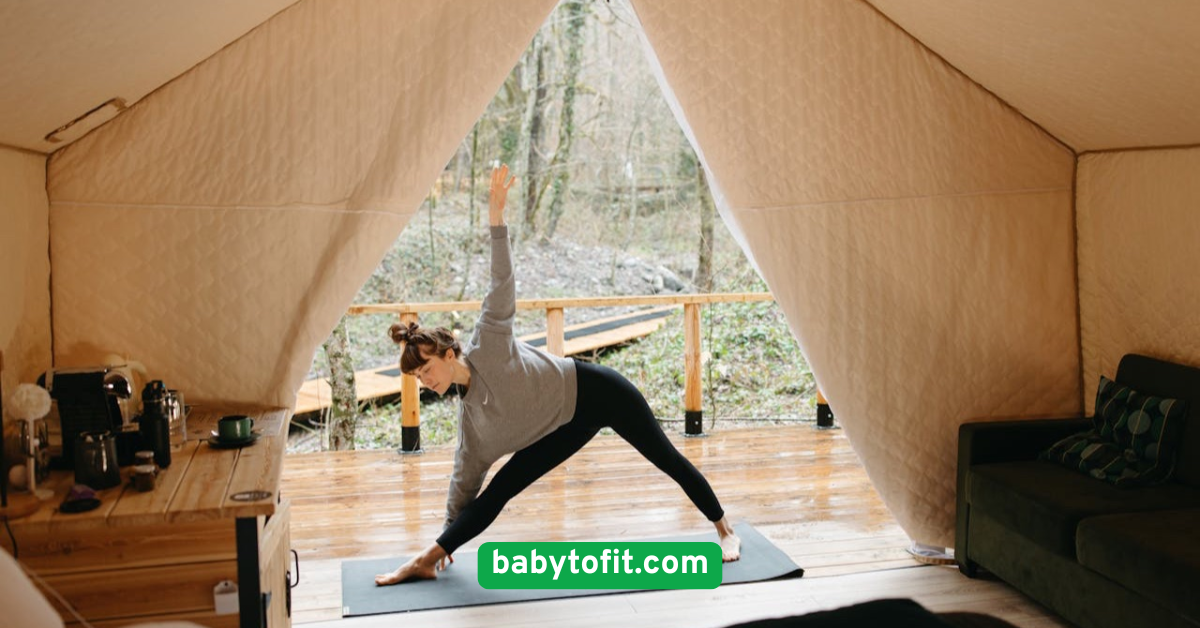
5. Seated Marches
This low-impact cardio move is great for waking up your legs and getting your blood flowing without overexertion. It gently activates your hip flexors, core, and thighs.Sit upright in a chair with your back straight. Lift one knee toward your chest, lower it, and repeat with the other leg. You can keep your hands on your thighs or the sides of the chair for support. Aim for 20–30 marches in total.Seated marches are especially helpful in the early postpartum days when standing may feel tiring. They’re also a nice warm-up before moving on to other exercises in this list.

6. Wall Push-Ups
Wall push-ups are an effective and safe way to reintroduce upper body strength. They target the chest, shoulders, and triceps while being gentle on the core.Stand a few feet from a wall with hands shoulder-width apart. Lower your body toward the wall in a controlled motion, keeping your body straight, then push back to starting position. Repeat 10–15 times.This move improves posture, which is essential for moms frequently nursing or carrying babies. Plus, it can be progressed to countertop or knee push-ups as strength improves.
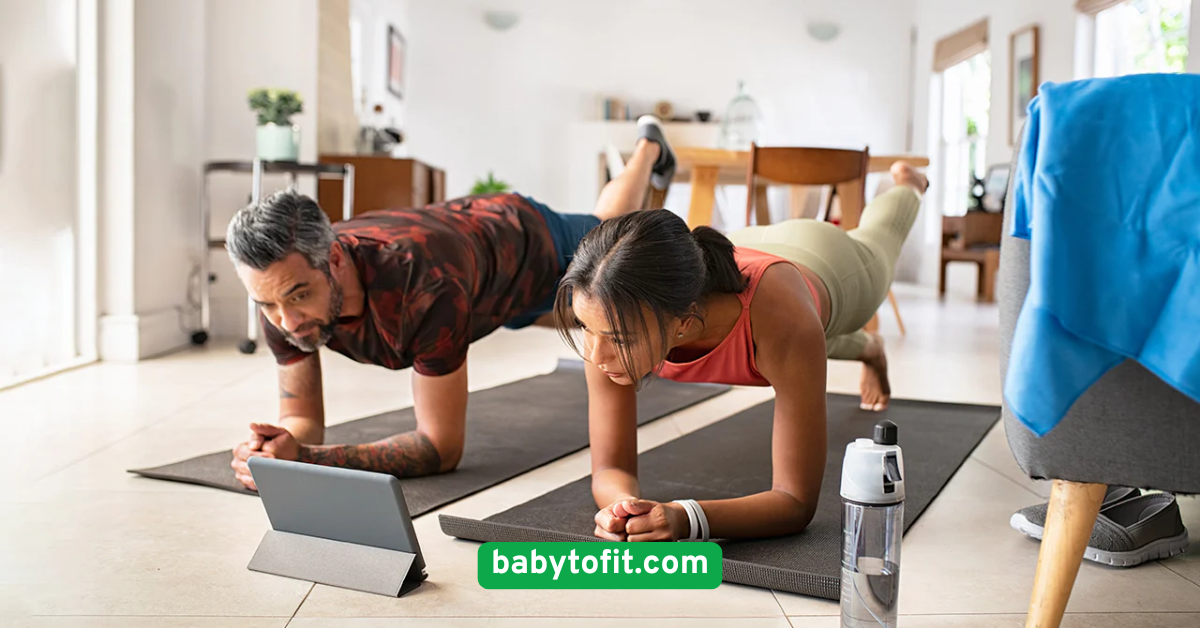
7. Supine Heel Slides
Heel slides are a gentle core exercise that also supports lower body mobility. Lie on your back with knees bent. Slowly slide one heel out along the floor, keeping your core engaged, then return to start. Alternate legs for 8–10 reps each.This move helps re-establish mind-muscle connection in the abs and hips. It’s especially useful for regaining control over the transverse abdominis and stabilizing the pelvis.Performing heel slides with breath control can further activate the deep core and create a sense of calm and control as your body recovers.
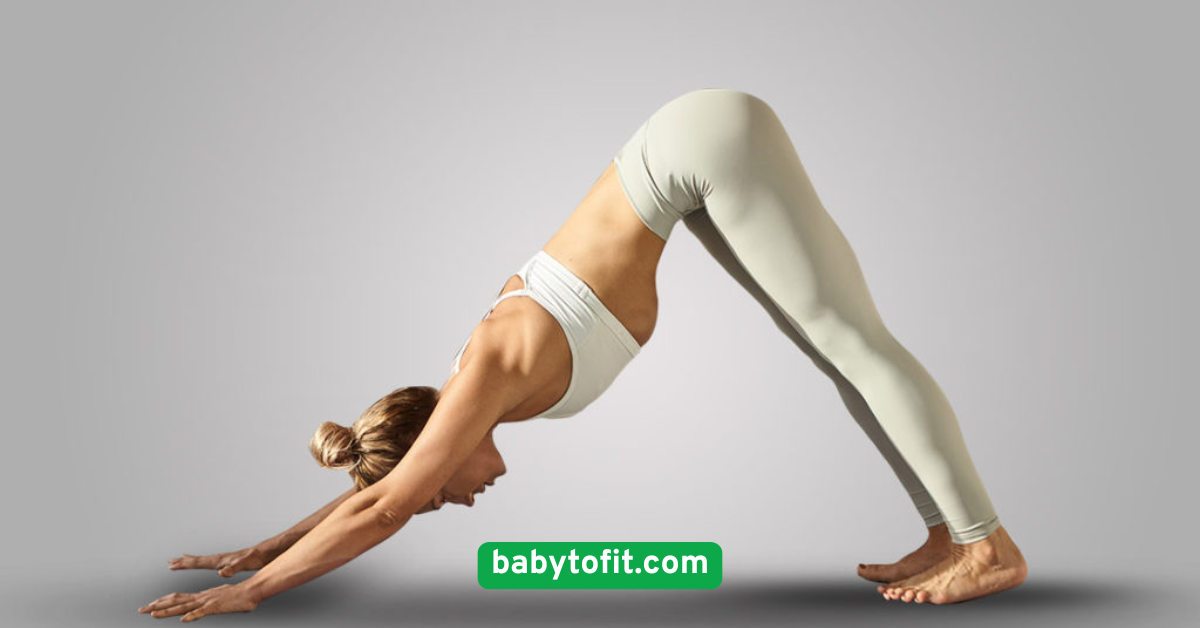
8. Clamshells
Clamshells are amazing for strengthening the outer hips and improving pelvic stability—two things new moms often need help with post-birth.Lie on your side with knees bent, legs stacked. Keeping your feet together, lift your top knee like a clamshell opening, then lower with control. Perform 10–15 reps per side.This exercise helps realign the hips and prevent issues like hip clicking or instability. It also supports the pelvic floor by building strength in surrounding muscles.

9. Bird-Dog Hold
This movement enhances core, back, and shoulder stability. Start on hands and knees, then extend one arm and the opposite leg straight out. Hold for 3–5 seconds, then switch sides. Perform 5–8 reps each side.It’s a full-body movement that reinforces balance and strengthens key muscles needed for everyday tasks—like carrying your baby or lifting groceries.Focus on slow, steady movements and avoid arching your back. Bird-dog helps with posture, spinal alignment, and rebuilding core confidence.

10. Modified Side Planks
Side planks target your obliques and deep core muscles safely, without excessive pressure on your abs.Begin on your side with knees bent and prop yourself on one elbow. Lift your hips and hold for 10–20 seconds, increasing as you get stronger. Repeat on both sides.This gentle plank variation helps close diastasis recti and strengthens the midsection, which is essential for regaining full-body stability postpartum.
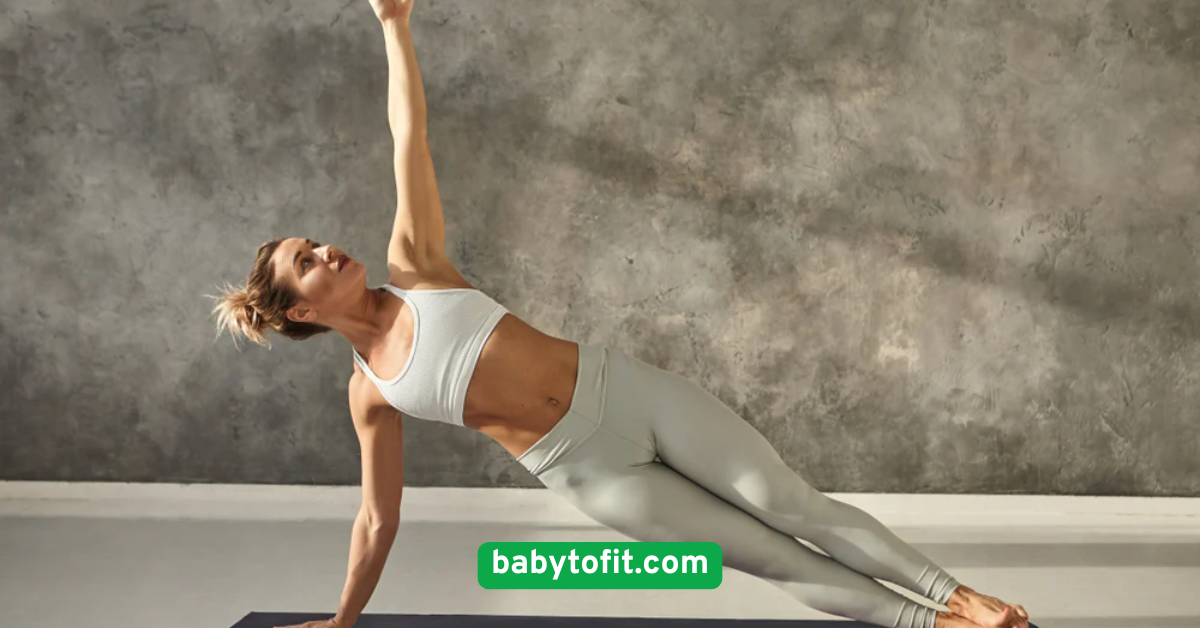
11. Chair Squats
Chair squats mimic everyday movements and are excellent for rebuilding leg and core strength. Stand in front of a chair and squat back as if sitting, then rise back up. Perform 10–15 reps.This move improves mobility, strengthens the glutes, and supports pelvic alignment. It also encourages better movement mechanics for daily activities.Focus on slow, controlled movement and squeezing your glutes at the top. Add hand support or a pillow on the seat if needed.

12. Standing Side Leg Lifts
This simple move works your outer thighs and glutes while improving balance. Stand with feet hip-width apart and lift one leg out to the side, keeping your torso straight. Lower slowly and repeat 10–15 times per leg.Side leg lifts are great for improving pelvic alignment and are gentle enough for early recovery. Use a wall or chair for support as needed.

13. Toe Taps
Toe taps offer a safe way to activate the lower abs. Lie on your back with legs in tabletop position. Gently lower one toe to tap the floor, then return. Alternate legs for 8–10 reps per side.This exercise is diastasis recti-safe and helps build strength in the transverse abdominis. Breathe deeply and engage your core with each movement.It’s a foundational move in postpartum Pilates and helps you control your core as you progress.
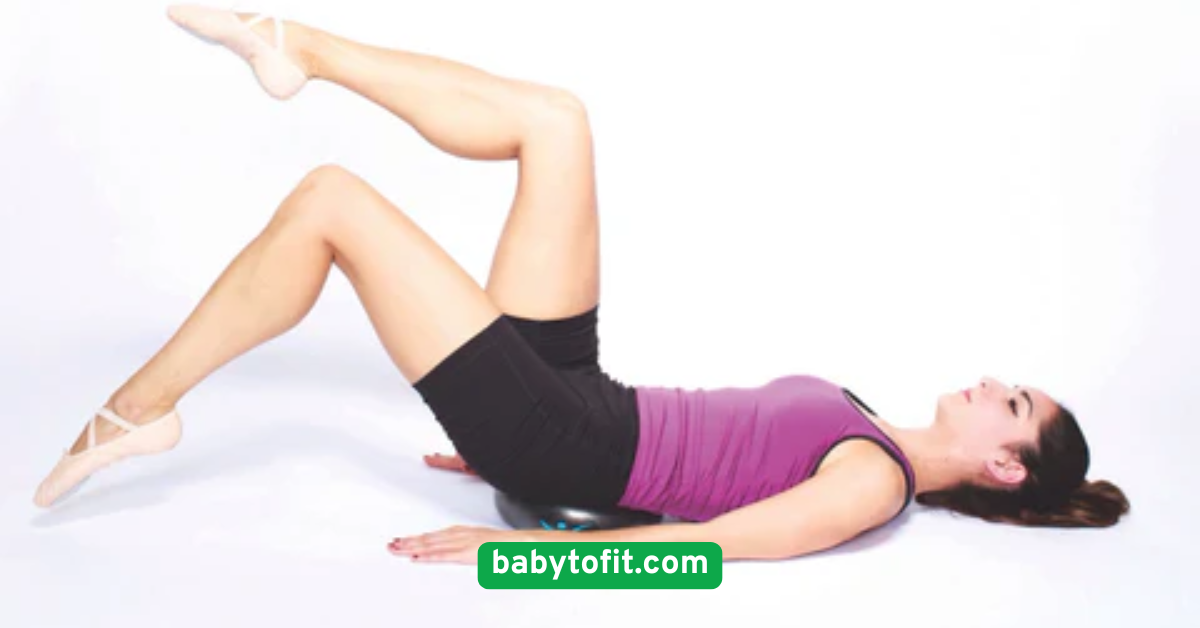
14. Child’s Pose with Breathwork
Child’s pose is restorative and grounding. Begin on hands and knees, then sink hips back toward heels, stretching arms forward. Breathe deeply for 1–2 minutes.It relieves lower back tension, stretches the hips, and calms the nervous system. Adding breathwork enhances its relaxing benefits and supports emotional healing.Use pillows under your chest or knees for added support and comfort.
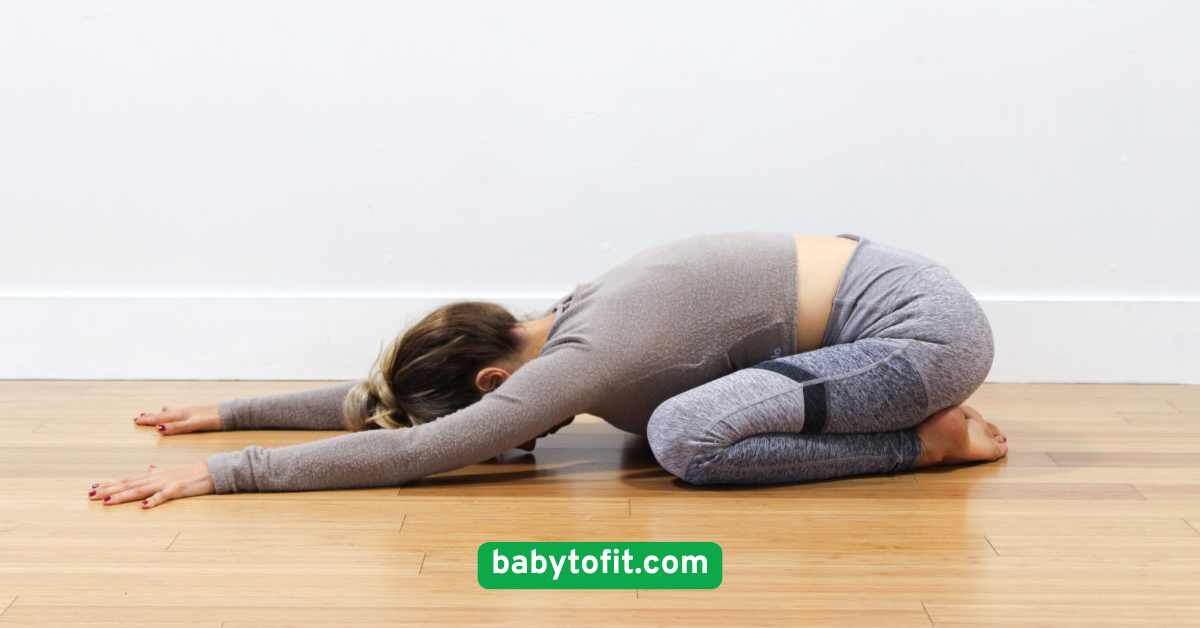
15. Wall Sits
Wall sits are an isometric move that builds leg endurance and core control. Stand against a wall and slide down into a seated position. Hold for 20–30 seconds, then rise.This movement builds lower body strength and reinforces posture. It’s great for moms re-entering strength training after birth.

16. Pelvic Tilts
Pelvic tilts help relieve back pain and restore core control. Lie on your back with knees bent. Flatten your lower back against the floor by tilting your pelvis upward, then return. Repeat 10–15 times.This move re-engages your core muscles and stabilizes the spine, laying the groundwork for more complex exercises.
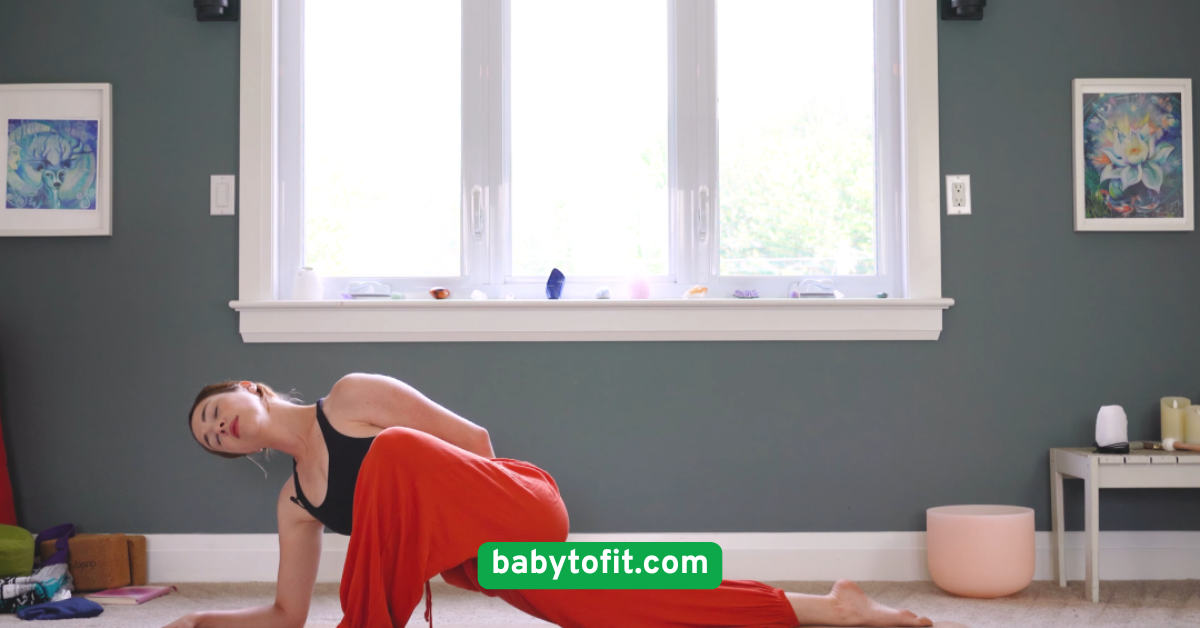
17. Lying Windshield Wipers
Lie on your back with knees bent. Slowly let your knees fall to one side, then the other, like windshield wipers. Repeat 10–12 times.This move loosens tight hips and helps with spinal mobility. It’s a lovely way to unwind after a long day of holding or nursing your baby.
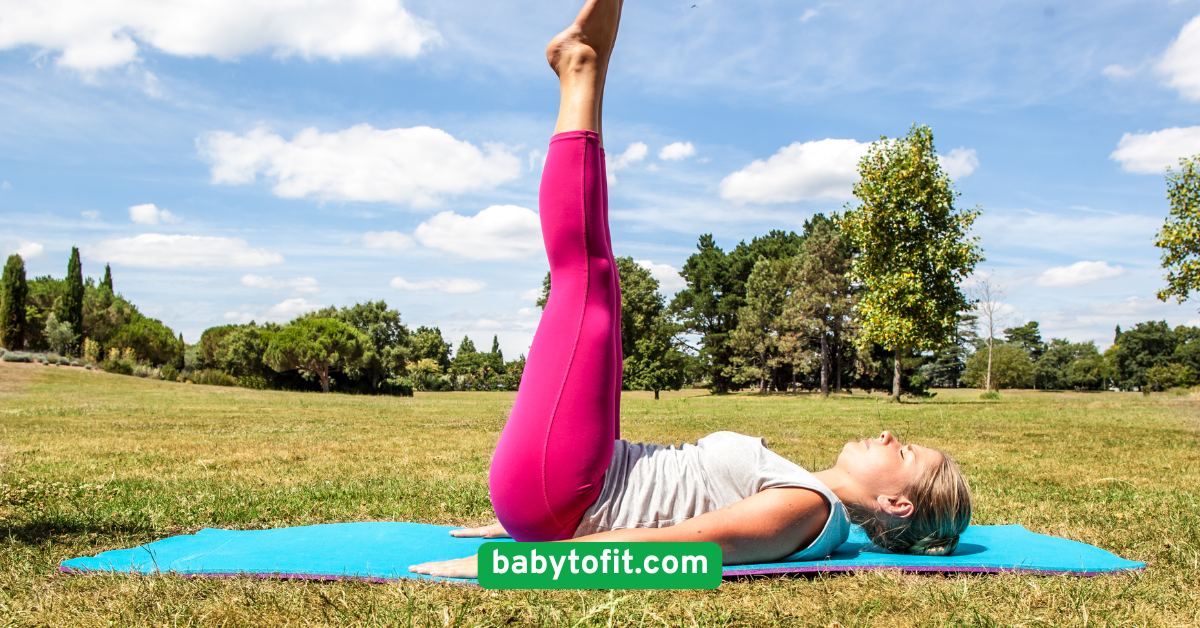
18. Butterfly Stretch
Sit tall with soles of the feet together and knees dropped outward. Hold your feet and gently press your knees toward the floor. Breathe deeply for 1–2 minutes.This stretch opens the hips and pelvis, encourages circulation, and helps release emotional tension stored in the lower body.

19. Tabletop Leg Lifts
From hands and knees, lift one leg up and back (bent or straight), hold, and lower. Alternate legs for 10–12 reps.This strengthens glutes, hamstrings, and stabilizers in the core. It’s functional and great for restoring strength for lifting your baby safely.

20. Yoga Flow for Postpartum
Combine cat-cow, downward dog, child’s pose, and standing forward fold into a slow yoga flow. Move mindfully, linking breath with movement.Postpartum yoga improves flexibility, reduces stress, and supports emotional well-being. Customize the flow to your energy level.It’s a wonderful way to reconnect with your body and find calm amidst the chaos of new motherhood.
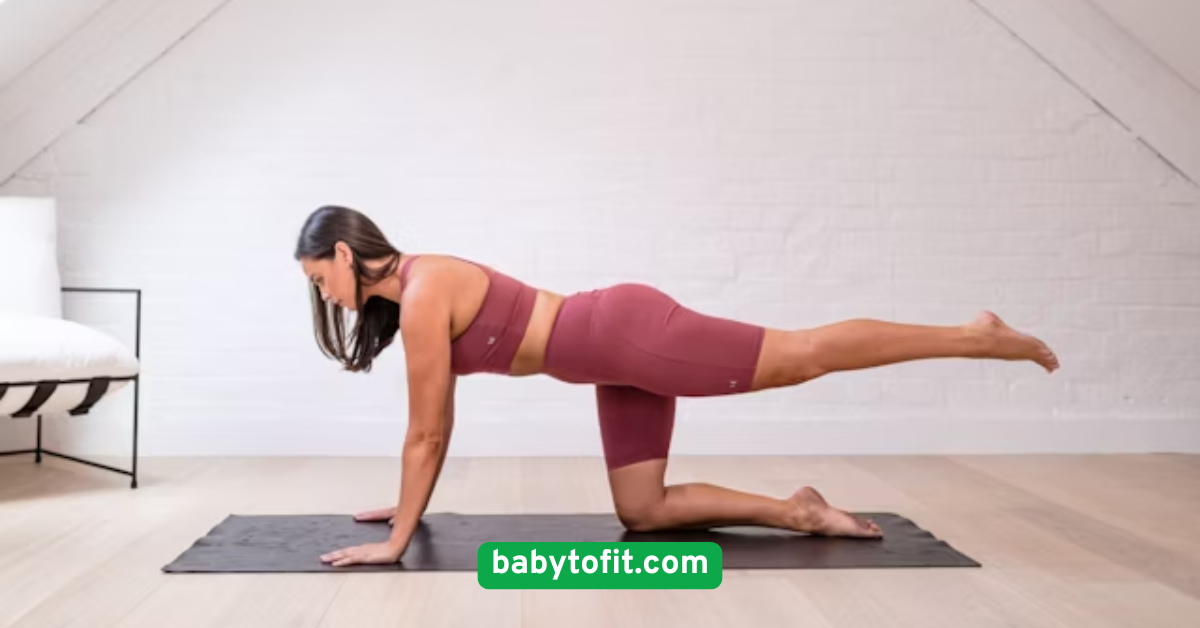
Conclusion
Recovering from childbirth takes time, patience, and self-love. These 20 healing postpartum workouts are designed to support your unique journey. Whether you’re five days or five months into motherhood, there’s a movement here that can help you feel more grounded, energized, and strong.
Remember, healing isn’t linear. Start small, listen to your body, and give yourself grace. These workouts are more than just exercises—they’re a celebration of what your body has done and what it’s capable of becoming.
You’re doing amazing, mama.





